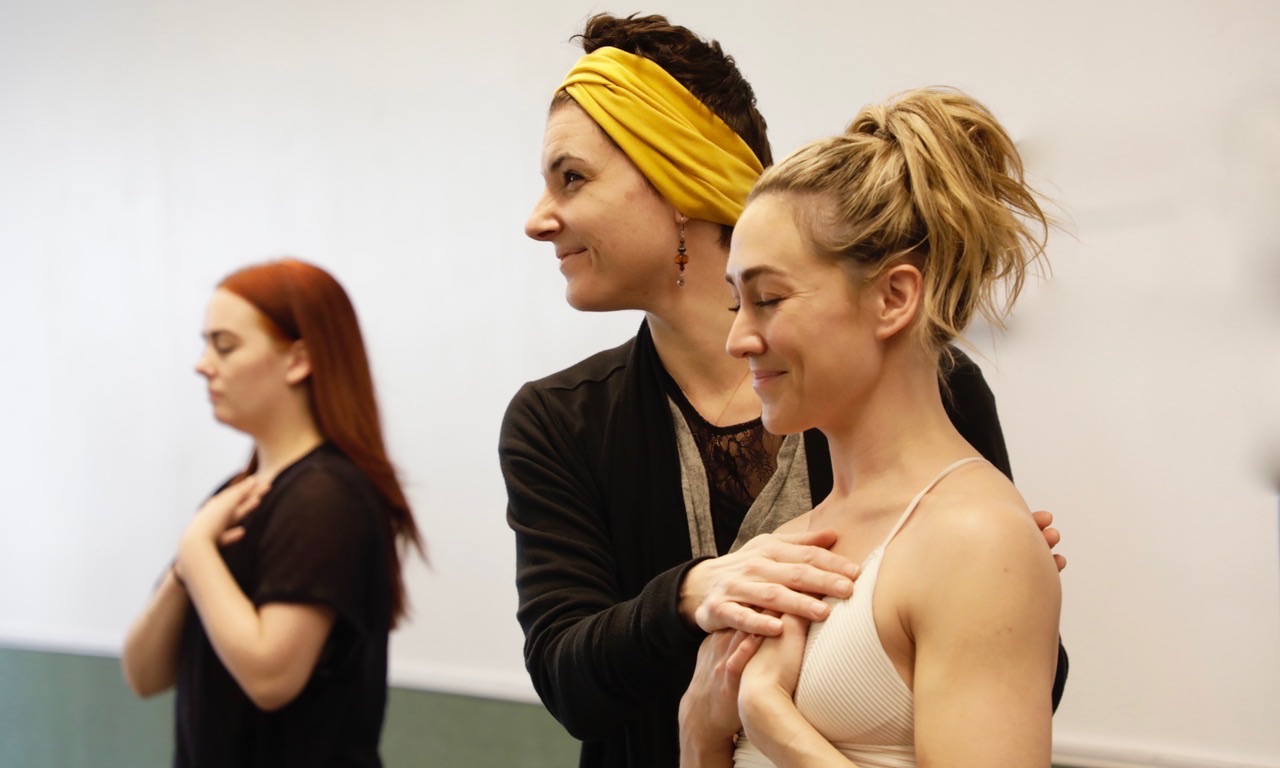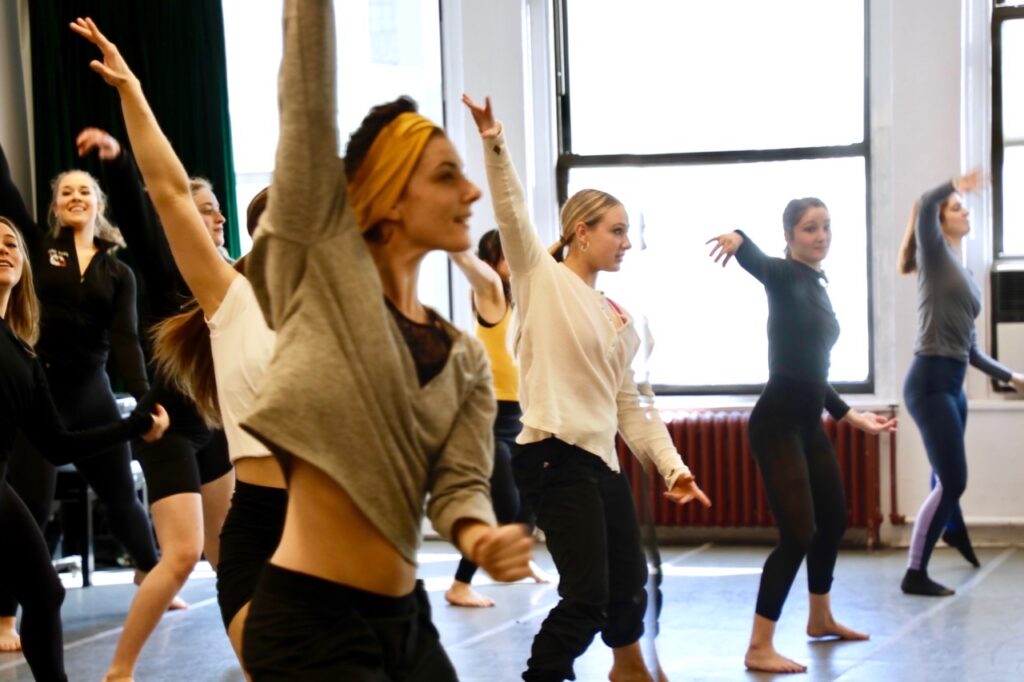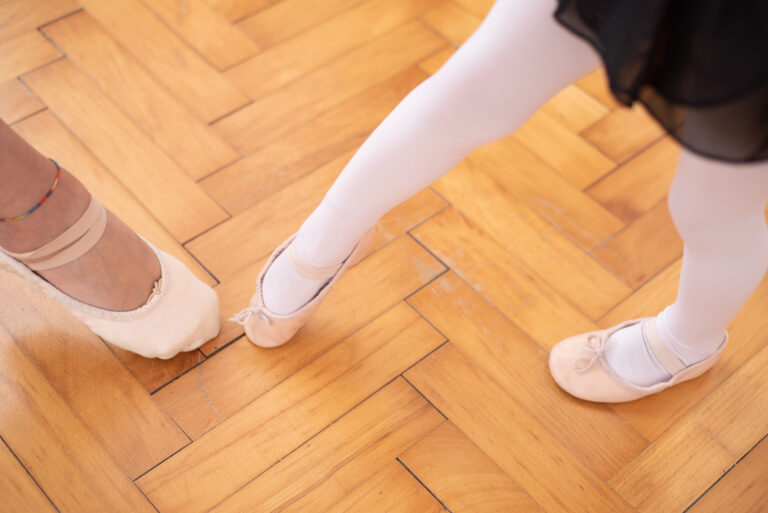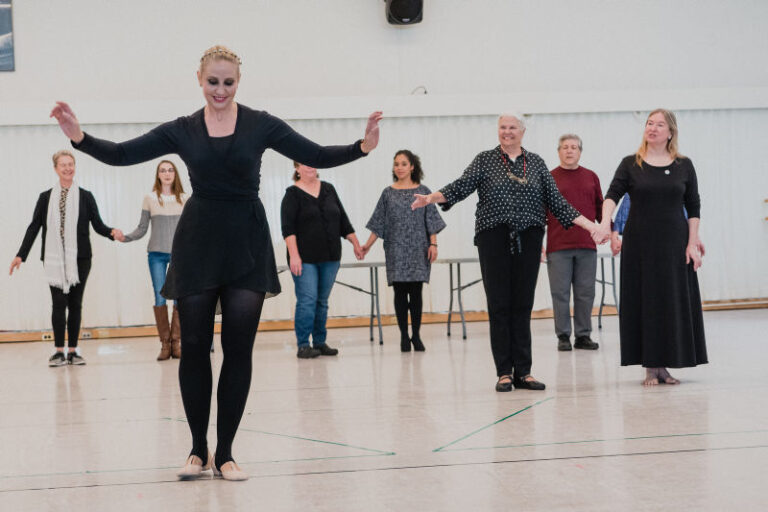
No matter how many times your students have rehearsed a dance, when they get onstage it can feel like the air has suddenly become thinner. Between the adrenaline and nerves likely boosting their heart rate and the size of the stage demanding they travel further than they’re used to, it’s normal for them to find themselves huffing and puffing by the time the curtain closes.
But it need not be this way, says Joseph Gatti, founder of United Ballet Theatre and its Academy and creator of the Gatti Method, which emphasizes daily cross-training and conditioning for dancers. He says that while he believes typical dance training doesn’t adequately prepare dancers for the cardiovascular demands of performing, it’s possible to help students build stamina to dance stronger longer.
Emphasize Anaerobic Training
By and large, dancers face anaerobic challenges to their stamina—meaning they experience short bursts of intensity with rests or low-intensity moments in between. And yet, most of the cross-training dancers do (like using cardio machines) is aerobic—meaning a sustained low- to medium-intensity effort, if it’s challenging their cardiovascular system at all (Pilates and yoga, for instance, rarely get the heart pumping).

Sometimes, dancers feel as though they’re not allowed to do cross-training other than the traditionally dancer-approved yoga, Pilates, and cardio machines, says Leanne Wonesh, an athletic trainer at Houston Methodist who works with Houston Ballet dancers, whether because of the outdated fear of “bulking up” or very understandable injury concerns. To make sure you’re not sending this message, encourage anaerobic work, which could look like anything from adding intervals while on cardio machines to playing sports to taking HIIT classes. Set students up for success (and safety!) by introducing new forms of cross-training in the studio before sending dancers out on their own.
At United Ballet Theatre, Gatti uses a Vertimax—a machine that allows dancers to move with bands that extend more than 30 feet—to add a resistance challenge (and ultimately a cardiovascular one) to movement they’re doing in the studio. But even simple resistance bands can serve a similar purpose, he says, and can be a valuable tool for building anaerobic capacity using movement that’s similar to what dancers are actually doing onstage. Whatever you and your dancers choose as anaerobic training, emphasize that they should start slow and basic—just like they did with dance—when trying a new form of exercise.
Teach Proper Breathing
When dancers’ breathing starts to get out of control—whether from nerves, challenging cardio-heavy movement, or both—it can feel impossible to rein in. So have them start paying attention to their breath before it gets labored, suggests Wonesh, who says that while breathing in through the nose and out through the mouth is the most common recommendation, dancers should do whatever allows them to take the fullest, deepest breaths.

You may even want to draw their attention to the breath by choreographing it, says Broadway veteran Chryssie Whitehead, who teaches at Steps on Broadway and Broadway Dance Center. It may make sense to coordinate inhales and exhales with movement: An elongating arm might align with a luxurious inhale, and a release with an exhale. Or, choreograph the breath in time with the music, which will help dancers avoid a common breathing mistake, says Wonesh. “Often, your inhale gets shorter and your exhale gets longer, so you’re losing more air than you’re taking in,” she says. Having them breathe in for a four-count, then out for a four-count, will ensure they aren’t skimping on the inhales.
Use Studio Time Wisely
Structure your students’ regular dance training to help students build stamina. Often, during large classes and long rehearsals, dancers’ work-to-rest ratio is low, meaning they are spending extended periods of time waiting in between moments of dancing, which doesn’t prepare them for the shorter breaks they’ll have during performance. Wonesh suggests finding ways to encourage activity during these moments, such as designating one corner of the room a cardio zone (for jumping jacks or high knees) and another corner a recovery zone. Not only will this help build stamina, she says, but it will reduce injury risk by keeping dancers warm for when they do have to jump back into dancing.
Another stamina challenge to introduce, especially if your dancers are interested in musical theater: singing during class. Whitehead gets students singing as early in class as possible, even encouraging them to sing along during warm-up. Sounding good isn’t what’s important, she says—it’s getting their bodies used to the demands of doing both.





